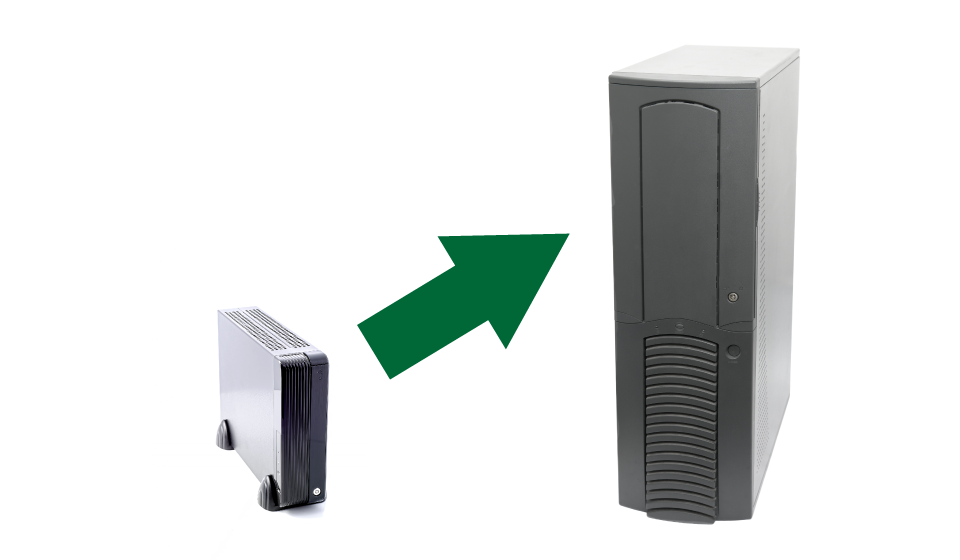You’ve built a website. It was fun, and it feels rewarding to see all those visitors pour in. The traffic increases slowly, until one day, someone posts a link to your app to Reddit and Hacker News, the planets somehow align, GitHub is down or something and for some reason, people notice the post and storm in, breaking all barriers of reason and logic.
Your server chokes, and everything dies. Instead of getting new customers or regular visitors during this epic peak (epeak?), you’re now left with a blank page, scrambling about as you try to get it up and running again, to no avail – even after restarting, the server can do nothing differently to survive the load. You lost traffic – for good.
No one can anticipate these traffic spikes. Very few of us plan so far in advance, unless we’re setting up to build a highly funded project that’s expected to do very well in a fixed time frame. How, then, does one avoid these problems? Two aspects need to be considered: optimization and scaling.
Optimization
We’ve written about this before, and a more advanced article is coming up next week, but the usual advice applies – upgrade to the latest version of PHP (currently 5.5, has a built in OpCache), index your database, cache your static content (seldom changed pages like About, FAQ and similar), etc.
One particular aspect of optimization that can be done is not only caching static resources, but also serving anything static through a non-Apache server like Nginx, optimized for serving static content. You put a layer of Nginx in front of your Apache, tell it to intercept the requests for static resources (i.e. *.jpg, *.png, *.mp4, *.html…) and serve them directly instead of letting the request move on to the Apache application layer. Such a setup is called a reverse proxy (also sometimes identified with a software load balancer – see below), and you can find out more about implementing it here.
That said, there’s nothing like scaling.
Scale
There are two types of scaling – horizontal and vertical.
We say that a website is scalable when it can manage increases in traffic without needing software changes.
Vertical scaling
Imagine having a server serving the web app in question. The server has 4GB of RAM, an i5 CPU, and a 1TB HDD. It performs its function well, but to better tolerate a higher influx of traffic, you decide to replace the 4GB of RAM with 16GB, you put in an i7 CPU, and you add a PCIe SSD/HDD Hybrid drive. The server is now much more powerful and can handle a higher load. This is known as vertical scaling, or “scaling up” – you improved the machine to make it more powerful. In other words, this happens:

Horizontal scaling
On the other side of the spectrum, we have horizontal scaling. In the example above, the upgrade itself will likely cost as much as, if not more than, the starting machine on its own. This is costly, and often doesn’t produce the benefits we need – most of the scaling problems are related to concurrency, and if there aren’t enough cores to perform the logic fast enough, no matter how strong the CPU, the server will grind to a halt and force some visitors to wait.
Horizontal scaling is when you build a cluster of (often weaker) machines linked together to serve the website. In this case, a load balancer is used – a machine or program whose only role is determining to which machine it should send the request it intercepted. The machines in the cluster then automatically divide the workflow among themselves without even being aware of one another, and your site’s traffic capacity increases immeasurably. This is also known as “scaling out”.
There are two main types of load balancers – hardware and software. Software load balancers are installed on a regular machine and accept all traffic, routing it to the appropriate handler. Nginx can be one such load balancer in the case above under “Optimization” – it intercepts requests for static files, and serves them
Truncated by Planet PHP, read more at the original (another 9707 bytes)
more
{ 0 comments... » Horizontal Scaling of PHP Apps, Part 1 read them below or add one }
Post a Comment